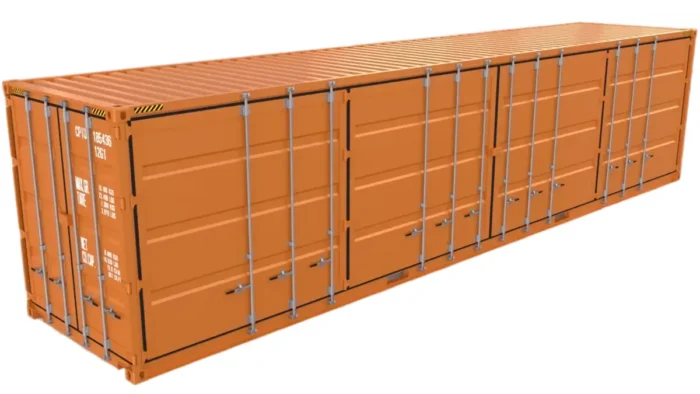Establishing an airline cargo logistics hub is a complex but rewarding endeavour that is pivotal in global trade and logistics. These hubs serve as critical connectivity points in the air cargo supply chain, facilitating the efficient movement of goods worldwide.
In this guide, we’ll outline the essential steps to create an airline cargo logistics hub that operates seamlessly and contributes to the growth of your business.
1. Market Research and Feasibility Assessment
Before embarking on your logistics hub project, conduct comprehensive market research. Determine the demand for air cargo services in your chosen location and assess the competition. A feasibility study will help you evaluate the economic viability of your project and identify potential challenges.
2. Strategic Location Selection
Selecting the right location is crucial. Choose a site near a major airport with strong international and domestic connections. Proximity to highways and transportation networks is also essential for efficient cargo distribution.
3. Regulatory Compliance
Compliance with aviation regulations is paramount. Collaborate closely with aviation authorities, such as the Federal Aviation Administration (FAA) in the United States, to secure the necessary permits and approvals. Establish a robust safety and security plan in accordance with International Civil Aviation Organization (ICAO) standards.
4. Infrastructure Development
Invest in infrastructure, including cargo warehouses, handling facilities, and maintenance hangars. Equip your logistics hub with cutting-edge technology, such as cargo handling systems, conveyor belts, and temperature-controlled storage facilities. Efficient cargo sorting and handling systems are vital for smooth operations.
5. Technology Integration
Implement advanced cargo management software and systems that enable real-time cargo tracking and management. Utilize modern cargo screening technology to meet security regulations and ensure seamless integration with airline reservation and cargo management systems.
6. Airline Partnerships
Forge strategic partnerships with airlines and air cargo carriers to secure dedicated cargo space on flights. Negotiate agreements and contracts to establish reliable and cost-effective transportation options for your hub. According to experts, building a robust media presence can further enhance the visibility and reputation of your airline cargo logistics hub in the industry and improve air cargo media coverage.
7. Transportation Network
Develop a robust ground transportation network to facilitate the seamless movement of cargo to and from your logistics hub. Consider investing in a fleet of trucks or collaborating with ground transportation providers to enhance connectivity.
8. Customs and Regulatory Compliance
Establish a dedicated customs processing centre within your logistics hub to expedite customs clearance for inbound and outbound cargo. Stay informed about customs regulations and compliance requirements, particularly for international shipments.
9. Staffing and Training
Recruit and train a skilled workforce, including cargo handlers, customs brokers, and logistics specialists. Provide ongoing training to ensure your staff is well-versed in aviation safety and cargo handling procedures.
10. Safety and Security
Implement stringent security measures to protect cargo, facilities, and personnel. Surveillance systems, access controls, and cargo screening procedures are utilised to mitigate security risks.
11. Marketing and Sales
Develop a comprehensive marketing strategy to promote your cargo services to shippers, logistics providers, and potential customers. Attend industry events and trade shows to build relationships with key stakeholders.
12. Environmental Considerations
Prioritize sustainability by implementing eco-friendly practices. Consider energy-efficient lighting, waste reduction initiatives, and environmentally friendly aircraft handling equipment.
13. Continuous Improvement
Regularly evaluate and optimize cargo handling processes to enhance efficiency and reduce turnaround times. Invest in advanced technologies and automation to stay competitive in the evolving air cargo industry.
14. Risk Management
Create a robust risk management plan that addresses potential disruptions, such as weather events, labor strikes, and security threats. Maintain comprehensive insurance coverage to mitigate financial risks.
Establishing an airline cargo logistics hub is a significant undertaking that demands careful planning, substantial investment, and strict adherence to aviation regulations. By providing efficient cargo handling, timely customs clearance, and excellent customer service, your logistics hub can play a pivotal role in global trade and logistics, contributing to the success of your business.





